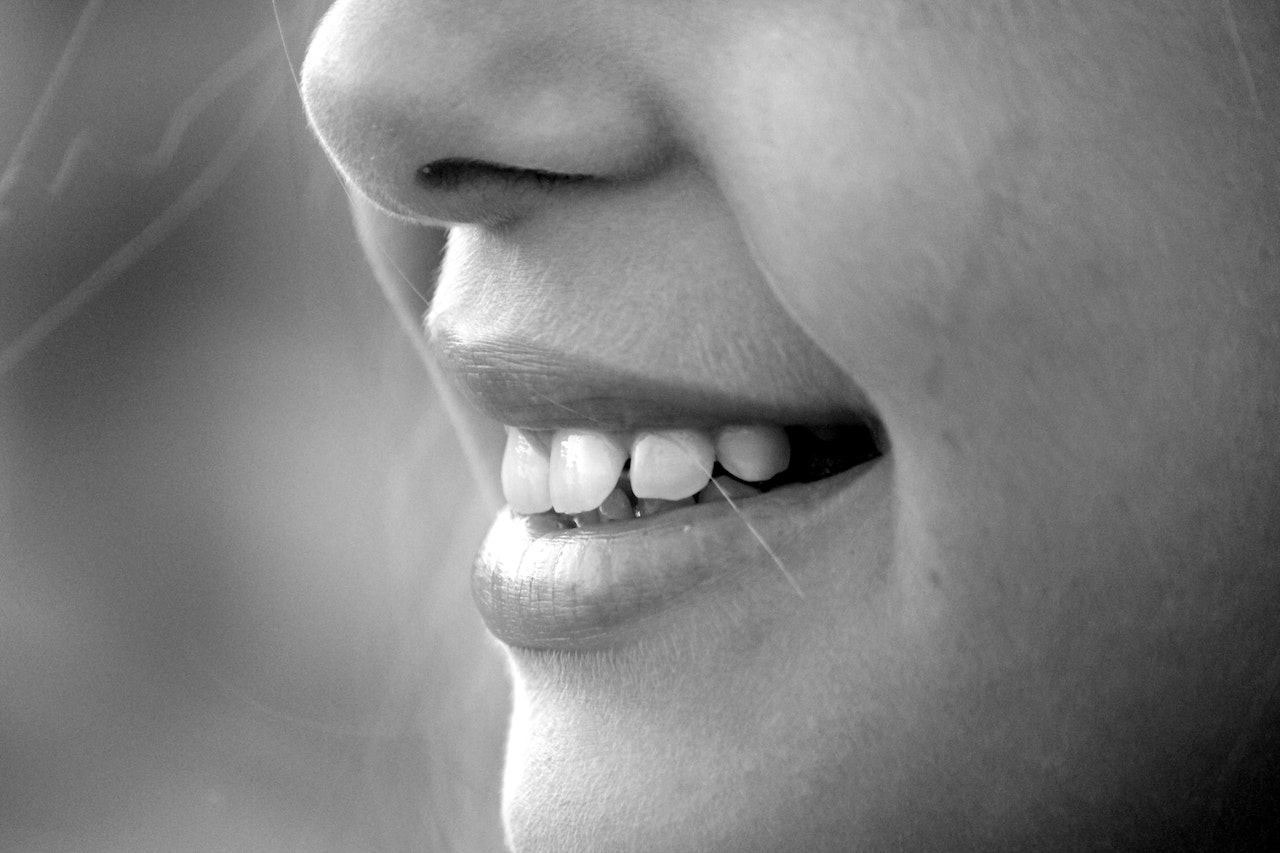Postpartum herbal bath recipe is a traditional practice that has been used for centuries to promote postpartum healing. This practice involves soaking the body in a warm bath infused with a blend of herbs that have been carefully chosen for their therapeutic properties. The practice is believed to help reduce inflammation, relieve pain, and promote relaxation.
Disclaimer: This article is provided for informational purposes only and should not replace professional medical advice. Please consult with a qualified healthcare practitioner or herbalist before using any herbal remedies.
In many cultures, postpartum herbal bath recipes are an important part of the postpartum care regimen. These recipes are often passed down from generation to generation and are specific to each culture’s unique blend of herbs. For example, the Mien (Yao) people of Northern Thailand use a blend of herbs that includes ginger, lemongrass, and turmeric to promote postpartum healing. In Thai traditional medicine, herbal baths are also used as a form of postpartum care, along with herbal massages and fire confinement.
While postpartum herbal bath recipes have been used for centuries, there is still a lack of scientific research on their effectiveness. However, many women who have used these recipes swear by their healing properties and continue to use them as part of their postpartum care routine. As more people turn to natural remedies for healing, postpartum herbal bath recipes are gaining popularity as a safe and effective way to promote postpartum recovery.
Benefits of Postpartum Herbal Bath
Postpartum herbal bath is a traditional practice that has been used to promote healing and relaxation after childbirth. The practice involves soaking in a warm bath infused with a variety of herbs that have medicinal properties. Here are some of the benefits of postpartum herbal bath:
Promotes Healing
Postpartum herbal bath can help promote healing of the body after childbirth. The warm water and herbs can help soothe sore muscles and promote blood circulation, which can help speed up the healing process. Some herbs used in postpartum herbal bath, such as calendula and comfrey, have anti-inflammatory properties that can help reduce swelling and promote healing of tears and incisions.
Anti-inflammatory Properties
Many of the herbs used in postpartum herbal bath have anti-inflammatory properties that can help reduce swelling and inflammation in the body. This can be especially helpful for women who have experienced tearing or other types of trauma during childbirth.
Pain Relief
Postpartum herbal bath can also provide pain relief for women who have experienced pain during childbirth. The warm water and herbs can help relax muscles and reduce pain and discomfort. Some herbs used in postpartum herbal bath, such as lavender and chamomile, have natural pain-relieving properties that can help reduce pain and promote relaxation.
Skin Regeneration
Many of the herbs used in postpartum herbal bath have skin-regenerating properties that can help promote healthy skin after childbirth. Some herbs, such as rose petals and lavender, can help soothe and moisturize the skin, while others, such as comfrey and calendula, can help promote skin regeneration and reduce scarring.

Relaxing Bath
Postpartum herbal bath can also be a relaxing and soothing experience for new mothers. The warm water and herbs can help promote relaxation and reduce stress and anxiety. Some herbs used in postpartum herbal bath, such as chamomile and lavender, have natural calming properties that can help promote relaxation and reduce stress.
In conclusion, postpartum herbal bath is a traditional practice that can provide many benefits for new mothers. From promoting healing and reducing inflammation to providing pain relief and promoting relaxation, postpartum herbal bath can be a helpful addition to a new mother’s postpartum care routine.
Ingredients and Their Properties
Postpartum herbal bath recipes often contain a combination of natural ingredients that are believed to have therapeutic properties. Here are some common ingredients and their properties:
- Witch Hazel: This plant extract has astringent and anti-inflammatory properties, which can help soothe irritated skin and reduce swelling.
- Sea Salt: Adding sea salt to a postpartum bath can help to promote relaxation and ease muscle tension. It may also help to detoxify the body and improve skin health.
- Herbal Tea: Herbal teas made from ingredients like uva ursi, chamomile, and lavender can be added to a postpartum bath to provide a calming and soothing effect. These teas are believed to have anti-inflammatory and antiseptic properties that can help to reduce swelling and promote healing.
- Essential Oils: Essential oils like lavender, chamomile, and St. John’s Wort can be added to a postpartum bath to provide a relaxing and calming effect. These oils are believed to have anti-inflammatory and antiseptic properties that can help to reduce swelling and promote healing.
- Dried Herbs: Dried herbs like calendula, shepherd’s purse, and comfrey leaves can be added to a postpartum bath to help soothe irritated skin and promote healing. These herbs are believed to have anti-inflammatory and antiseptic properties that can help to reduce swelling and promote healing.
- Magnesium Sulfate: Also known as Epsom salt, magnesium sulfate can be added to a postpartum bath to help relax muscles and reduce pain. It is believed to have anti-inflammatory properties that can help to reduce swelling and promote healing.
- Plantain Leaf: Plantain leaf can be added to a postpartum bath to help soothe irritated skin and reduce inflammation. It is believed to have antibacterial and anti-inflammatory properties that can help to promote healing.
- Marshmallow Root: Marshmallow root can be added to a postpartum bath to help soothe irritated skin and reduce inflammation. It is believed to have anti-inflammatory and antibacterial properties that can help to promote healing.
Overall, postpartum herbal bath recipes can be a soothing and healing way to care for the body after childbirth. However, it is important to note that not all ingredients are safe for everyone, so it is important to consult with a healthcare provider before using any new products or ingredients.
Choosing the Right Bath Type
After giving birth, taking a bath can be a relaxing and healing experience for new mothers. Choosing the right type of bath can help soothe sore muscles, promote healing, and provide much-needed relaxation. Here are some different types of baths to consider:
Shallow Bath
A shallow bath is a great option for those who have had a vaginal birth and want to soak the perineal area. This type of bath is also known as a sitz bath, and it involves sitting in a few inches of warm water. A shallow bath can help reduce swelling and promote healing of the perineal area.
Full Bath
A full bath is a good option for those who want to soak their entire body. This type of bath can help relax the muscles and promote overall healing. It is important to make sure the water is not too hot, as this can be dangerous for new mothers.
Warm Sitz Bath
A warm sitz bath is similar to a shallow bath, but it usually involves the use of herbs or essential oils. Adding herbs such as chamomile, lavender, or calendula can help soothe the perineal area and promote healing. It is important to make sure the herbs are safe for use during the postpartum period, and to follow instructions carefully.
Warm Bath
A warm bath is a good option for those who want to relax and relieve stress. Adding Epsom salt to the bath can help soothe sore muscles and promote relaxation. It is important to make sure the water is not too hot, as this can be dangerous for new mothers.
Regular Bathtub
A regular bathtub can be used for any of the above types of baths. It is important to make sure the bathtub is clean and free of any harmful chemicals. Using a non-slip mat or towel can help prevent slips and falls.
Overall, choosing the right type of bath can help promote healing and relaxation during the postpartum period. It is important to follow instructions carefully and make sure the bath is safe for use during this time.

Preparing the Herbal Bath
To prepare a postpartum herbal bath, one needs to gather the necessary materials, including warm water, muslin bag, hot water, peri bottle, herbal infusion, plastic bag, large bowl, mason jars, and a cup of herbs.
The first step is to fill the large bowl with warm water. Then, the muslin bag should be filled with a cup of herbs and tied at the top securely. The muslin bag should be placed in the bowl of warm water and left to steep for at least 15 minutes.
After the herbal infusion has steeped, the muslin bag should be removed from the bowl and discarded. The herbal infusion should be transferred to a plastic bag or mason jar for storage.
When it is time to use the herbal infusion, one should add the desired amount to a peri bottle filled with hot water. The peri bottle can be used to rinse the perineal area after urination or bowel movements.
It is important to note that the herbal infusion should not be used as a substitute for proper hygiene practices. One should continue to clean the perineal area with warm water and mild soap as recommended by their healthcare provider.
In summary, preparing a postpartum herbal bath involves steeping a cup of herbs in warm water, transferring the herbal infusion to a plastic bag or mason jar, and using a peri bottle filled with hot water and the desired amount of herbal infusion to rinse the perineal area.
Postpartum Sitz Bath Recipes
After giving birth, many women experience discomfort and pain in the perineal area. A sitz bath is a therapeutic way to alleviate this discomfort and promote healing. Adding herbs and other natural ingredients to the sitz bath can enhance its healing properties. Here are a few postpartum sitz bath recipes that can help soothe and heal the perineal area.
Herbal Sitz Bath Recipe
This herbal sitz bath recipe contains a blend of herbs that have anti-inflammatory and antiseptic properties. It can help reduce swelling, soothe irritation, and promote healing.
Ingredients:
- 1 cup of calendula flowers
- 1 cup of comfrey leaves
- 1 cup of yarrow flowers
- 1 cup of lavender flowers
- 1 cup of chamomile flowers
- 1 cup of sea salt
Instructions:
- Fill a sitz bath basin with warm water.
- Add the herbs and sea salt to the water.
- Stir the water to mix the ingredients.
- Soak in the herbal sitz bath for 15-20 minutes.
Sitz Bath Tea Recipe
This sitz bath tea recipe is a simple way to add healing herbs to your sitz bath. It contains a blend of herbs that can help reduce inflammation, soothe irritation, and promote healing.
Ingredients:
- 1 cup of chamomile flowers
- 1 cup of lavender flowers
- 1 cup of calendula flowers
- 1 cup of comfrey leaves
Instructions:
- Fill a sitz bath basin with warm water.
- Place the herbs in a muslin bag or tea ball.
- Hang the bag or ball over the side of the sitz bath basin so that it is submerged in the water.
- Soak in the sitz bath for 15-20 minutes.
Herbal Bath Salt Recipe
This herbal bath salt recipe contains a blend of herbs and Epsom salt that can help soothe sore muscles, reduce inflammation, and promote healing.
Ingredients:
- 1 cup of Epsom salt
- 1/2 cup of dried rose petals
- 1/2 cup of dried lavender flowers
- 1/2 cup of dried chamomile flowers
- 1/2 cup of dried calendula flowers
Instructions:
- Mix all the ingredients in a bowl.
- Store the mixture in an airtight container.
- Add 1/2 cup of the mixture to warm bath water.
- Soak in the herbal bath for 15-20 minutes.
These postpartum sitz bath recipes can help soothe and heal the perineal area after childbirth. They are easy to make and use natural ingredients that are gentle on the skin. However, it is important to consult with a healthcare provider before using any new remedies, especially if you have any medical conditions or allergies.
Usage and Safety Guidelines
Postpartum herbal bath recipes have been used for centuries to help new mothers recover from childbirth. While these recipes can be a helpful addition to postpartum care, it is important to use them safely and appropriately.
Vaginal Birth and C-Section Scars
For those who have had a vaginal birth or c-section, postpartum herbal baths can help soothe and heal the perineal area and c-section scars. It is recommended to wait until after the first week postpartum before taking a bath.
Bath Tub and Sitz Baths
The easiest way to take a postpartum herbal bath is in a bath tub. However, if a bath tub is not available, a sitz bath can be used. To take a sitz bath, fill a tub of water with a few cups of epsom salt and sit in the tub for 15-20 minutes.
Signs of Infection
It is important to be aware of signs of infection in the perineal region. If there is redness, swelling, or discharge, it is important to contact a healthcare provider.
Use with Caution
While postpartum herbal baths can be helpful, it is important to use them with caution. Those who have had a c-section should wait until their incision has healed before taking a bath. Additionally, those who have a history of allergies or sensitivities should check with a healthcare provider before using any new products.
Postpartum Doula
A postpartum doula can be a helpful resource for new mothers who are interested in using postpartum herbal baths. They can provide guidance on how to use the baths safely and effectively.
Overall, postpartum herbal baths can be a helpful addition to postpartum care. By using them safely and appropriately, new mothers can experience the benefits of the astringent properties of the herbs in the recipe.
Additional Tips for New Mothers
In addition to the postpartum herbal bath recipe, there are several other ways new mothers can take care of themselves during the postpartum period. Here are a few tips for new mamas to keep in mind:
Take Care of Lady Parts
It’s important for new mothers to take care of their lady parts after birth. This means keeping the area clean and dry, changing pads frequently, and using a peri bottle to rinse after using the bathroom. Additionally, new mothers should avoid using tampons or having sex until they have fully healed.
Rest and Relaxation
Rest and relaxation are crucial for new mothers during the postpartum period. It’s important to prioritize sleep and take naps whenever possible. New mothers can also try relaxation techniques such as deep breathing, meditation, or yoga to help reduce stress and promote relaxation.
Good Nutrition
New mothers need to eat a healthy, balanced diet to support their bodies as they recover from childbirth. This means consuming plenty of fruits, vegetables, whole grains, and lean protein. It’s also important to stay hydrated by drinking plenty of water throughout the day.
Support System
Having a strong support system is key for new parents during the postpartum period. This can include family members, friends, or a postpartum doula. It’s important for new mothers to reach out for help when they need it, and to prioritize self-care in order to be the best parent they can be.

Conclusion
In conclusion, postpartum care is an essential aspect of a new mother’s life, and herbal bath recipe is one of the most popular methods used in many cultures. The postpartum herb bath can help with skin irritations, promote healing, and provide relaxation after the hard work of childbirth.
When selecting the best herbs for a postpartum herb bath, it is essential to consider the benefits each herb provides. Some of the most popular herbs used in herbal baths include lavender, chamomile, calendula, and rose petals.
It is important to note that while herbal baths can be beneficial, they should not be used as a replacement for medical care. If a new mother experiences any concerning symptoms, she should seek medical attention immediately.
Overall, the postpartum herb bath is a time-honored tradition that can provide many benefits for new mothers. By selecting the best herbs and following the proper preparation techniques, new mothers can experience the healing and relaxation benefits of an herbal bath.







